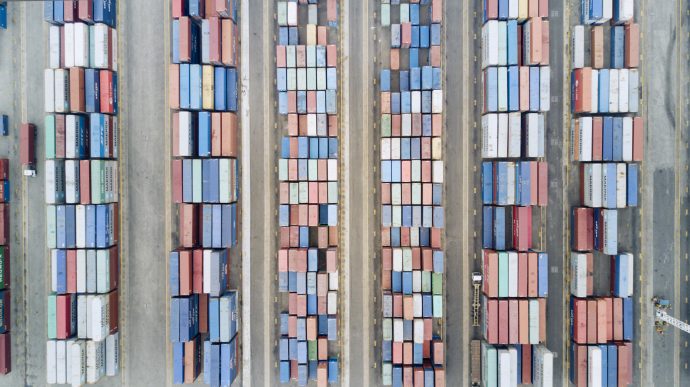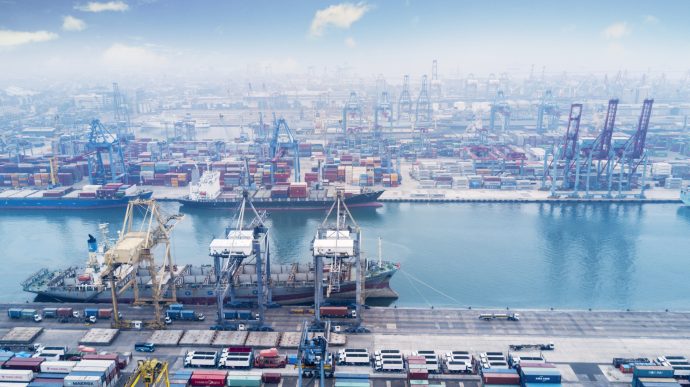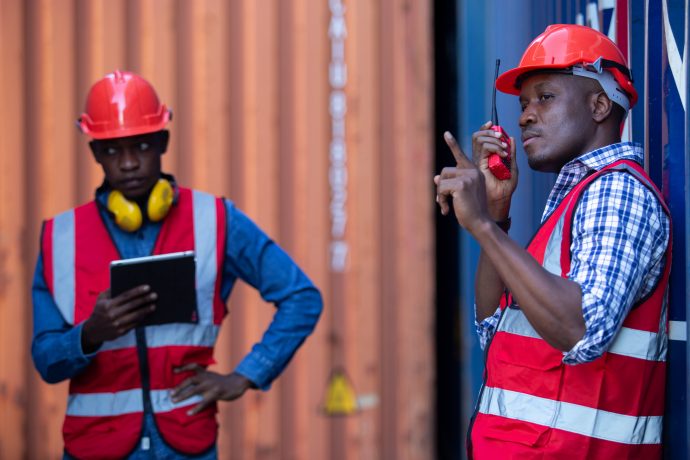During the past few years, countries across Southeast Asia and Africa have vastly improved their port infrastructure and logistics capabilities, as they strive to establish themselves as rising forces in global maritime trade. A study by Container News highlights developments, including improved connectivity and operational performance, as well as the strategic role they can play in developing new international shipping routes.
Southeast Asia: Steady progress, growing competition
Southeast Asia’s ports in Vietnam, Malaysia, Thailand and Indonesia have shown steady growth and improvement, as reflected by their increasing scores on the United Nations Trade & Development (UNCTAD) Port Connectivity Index. These countries have invested substantially in modernising port facilities, improving supply chain operations, and strengthening regional networks.

Vietnam’s ports in Ho Chi Minh and Hai Phong, for instance, have seen significant improvement in container throughput, supporting the nation’s top exports of electronics, machinery, and textiles.
Meanwhile, Malaysia's Kuantan port serves as a key industrial port on the east coast, facilitating trade with China through the Malaysia-China Kuantan Industrial Park (MCKIP), while Tanjong Pelepas is an important transshipment facility located near international shipping routes in the Malacca Strait.
In Indonesia, Tanjung Priok (Jakarta) serves as the country's primary logistics hub for high volume and containerised cargo, facilitating Indonesia's connection with the global supply chain, while Batu Ampar (Batam) serves as a complementary port focused on transshipment and industrial activities within Batam’s Free Trade Zone (FTZ). Indonesia is investing in the modernisation of this port to attract more transshipment traffic and industrial investment.

Such advances reflect a dynamic investment landscape in Southeast Asia, where increased port connectivity over the years has fostered a competitive environment among regional players.
“With strategic locations along major shipping lanes, ports in Southeast Asia are expanding their port capabilities to remain competitive in the global market,” says Daniel Nordberg, GAC Group Vice President for Asia Pacific & Indian Subcontinent.
From a small trading office in Hong Kong in 1974, Asia Pacific is now one of GAC’s most important and fast-growing region.

“Over the past few years, we have set up shop at a number of new ports and countries in East Asia - including East Malaysia, Korea, Taiwan and Vietnam - to support the growing demand for shipping and logistics in the wider region.”
Africa’s emerging hubs and strategic gateways
In contrast to Southeast Asia’s relatively uniform growth, Africa’s port development varies widely across the continent due to disruptions in the Red Sea and infrastructure challenges.
According to the Africa Infrastructure Knowledge Program, some African ports are undermined by outdated equipment and underfunding. Many lack container gantry cranes and rely on ships’ gear for loading and unloading. Even when such cranes are available, the number of container moves per crane hour is usually 10-20, compared with 25-30 at leading world ports.

Whilst a decline has been seen in some countries due to shifting trade routes and economic fluctuations, more vessels taking routes to avoid the Red Sea is driving traffic to ports in southern Africa. And in Namibia, the past few years has brought several oil & gas exploration and drilling projects.
West Africa has witnessed substantial growth, with ports such as Tema in Ghana and Lomé in Togo handling larger vessels and expanding transshipment capabilities. Further, major shipping lines like CMA CGM and Hapag-Lloyd have introduced new routes to support this growth.
In East and Southern Africa, Singapore-based Pacific International Lines (PIL) has expanded its intermodal network, introducing new corridors from Kigali, Rwanda, to Dar es Salaam, Tanzania, and from Durban, South Africa, to Gaborone, Botswana. The development of large-scale projects such as Nigeria’s Lekki Deep Sea Port and Namibia’s Walvis Bay aim to enhance regional and international trade, therefore driving economic growth within the region.
“African ports are evolving to create new opportunities for global trade," says Thomas Okbo, GAC’s Group Vice President of Europe and Africa. "As a result, these ports are becoming vital hubs that link Africa to other continents, which encourages regional and international investment.
“GAC’s first operation in Africa was established in early 1979 in Nigeria. As a ship agent serving some of Africa’s most important ports and regions, GAC understands the importance of well-developed port infrastructure to help facilitate efficient maritime trade and operations.


Growth driving demand
Rapid population growth in Asia and Africa is expected to drive further demand for port infrastructure and logistics capabilities. According to the Global Maritime Trends 2050 report, countries such as Nigeria, India, and the Philippines will contribute significantly to global population growth by 2050. That demographic shift offers both opportunities and challenges, as a young, expanding workforce could spur economic growth but may also increase the strain on existing infrastructure.
The maritime sector can expect rising demand for goods and shifts in global consumption patterns. Consumer spending in developing economies, especially in countries like India, Indonesia and Nigeria, is projected to increase by 2030. Meanwhile, Africa’s household consumption is forecasted to reach US$2.5 trillion by then.
“Development is making these regions an easier place to do business,” notes Thomas. “With that comes the need for expertise and experience to support customers seeking to tap into the potential new markets."